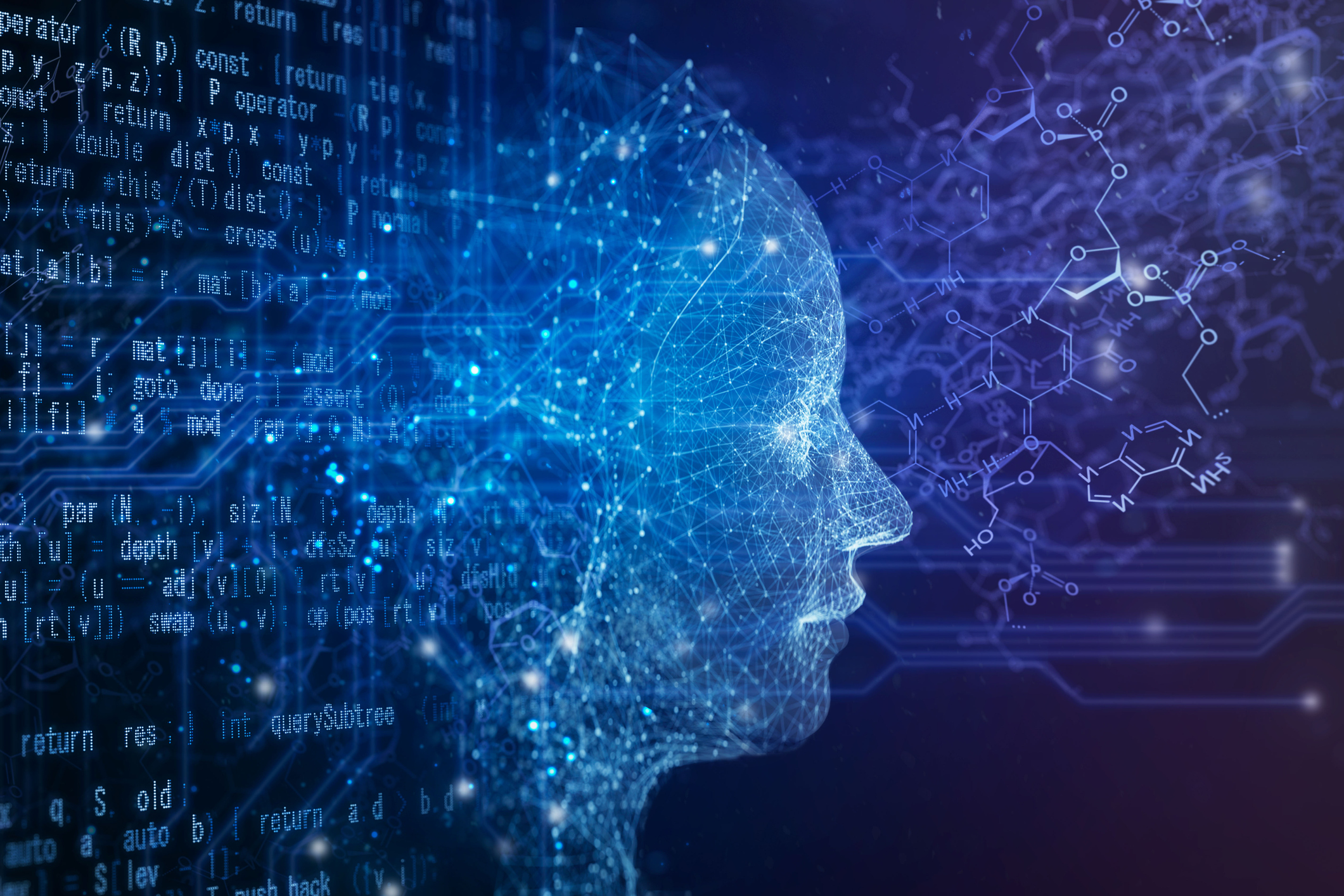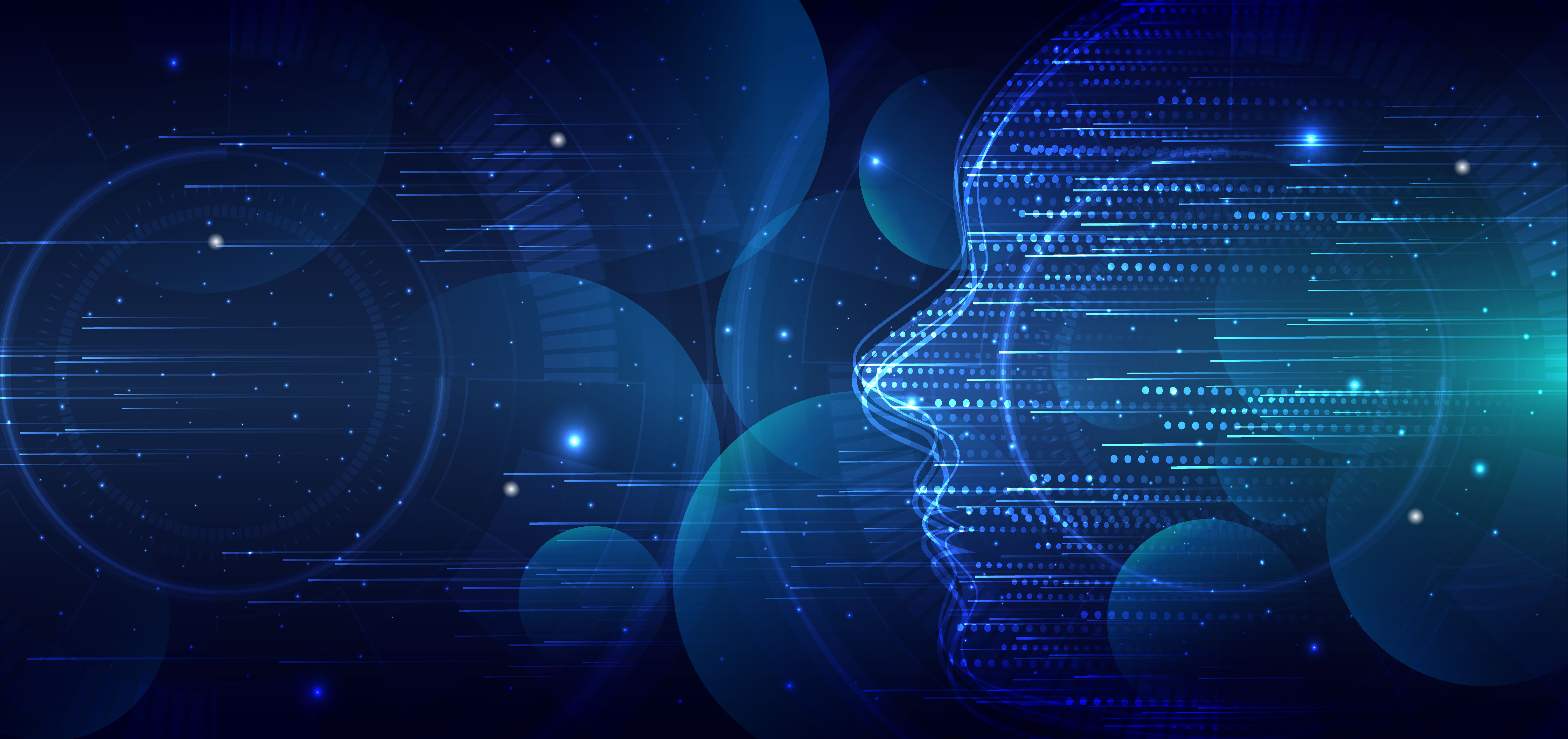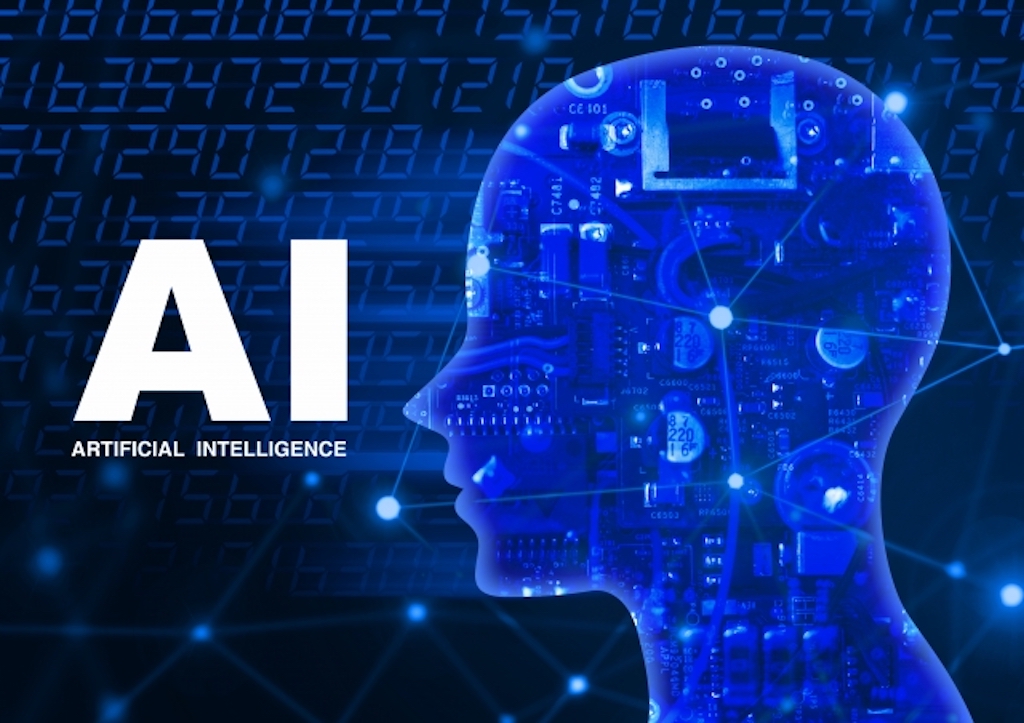Discover AI's Impact On Brain Science & More
Are we on the cusp of an AI revolution, a transformative shift that will reshape our world in profound ways? The accelerating pace of AI development suggests a resounding yes. From the laboratories of MIT to the boardrooms of Silicon Valley, the buzz around artificial intelligence is palpable, promising a future brimming with both unprecedented opportunities and complex challenges.
The sheer speed of innovation is breathtaking. Companies are releasing new AI models at a dizzying rate, often every few weeks. This rapid iteration, while indicative of progress, carries a hidden cost. As Bashir, an expert in the field, points out, the energy expended training prior models is essentially wasted when they are so quickly superseded. Newer models, often more complex and with more parameters, demand even greater energy consumption for training, raising concerns about the environmental footprint of this technological sprint.
| Name | Audrey Lorvo |
|---|---|
| Field | AI Safety Research |
| Affiliation | (Presumably MIT - further details unavailable) |
| Research Focus | Robustness, AI Alignment with Human Values, Transparency, and Accountability in AI systems. |
| Reference | MIT Website |
This rapid evolution is not merely about bigger and faster models. It's about fundamentally changing the way we interact with technology and the world around us. Consider the implications for hiring. Prasad Raghavan, a prominent voice in the AI ethics conversation, argues that traditional hiring practices, fraught with human biases and historical inequities, are ripe for disruption. AI tools, trained on vast datasets of past hiring decisions, can potentially identify and mitigate these biases, leading to fairer and more equitable outcomes. However, Raghavan also cautions that these same tools inherit the flaws of the data they learn from, underscoring the need for careful oversight and continuous refinement.
Beyond hiring, AI is proving its versatility across a vast spectrum of applications. Innovative approaches are combining probabilistic AI models with the established power of SQL, resulting in faster and more accurate data analysis. In a striking example of AI's unexpected reach, one model has unearthed intriguing similarities between biological materials and Beethoven's 9th Symphony, suggesting that both adhere to underlying patterns of complexity. Just as cells within biological materials interact in intricate yet organized ways to perform a function, the symphonys arrangement of notes and themes creates a complex but harmonious whole.
However, the accelerating power of AI also raises critical questions about safety and societal impact. Audrey Lorvo, a leading researcher in AI safety, is dedicated to ensuring that increasingly intelligent AI models remain reliable and beneficial to humanity. Her work addresses crucial technical challenges like robustness the ability of a model to perform reliably in unpredictable situations and AI alignment, which focuses on aligning AI goals with human values. This burgeoning field also grapples with societal concerns, including the need for transparency in AI decision-making and accountability for its actions. For instance, an AI managing traffic flow might struggle to effectively control intersections with varying speed limits, lane numbers, or unpredictable traffic patterns, highlighting the need for robust systems that can adapt to real-world complexities.
The economic implications of AI are also a subject of intense debate. While some predict dramatic economic transformations, others offer more measured projections. A paper titled "The Simple Macroeconomics of AI" published in the August issue of Economic Policy, offers a more conservative estimate. Economist Daron Acemoglu suggests that AI will contribute to a "modest increase" in GDP of between 1.1% and 1.6% over the next decade, translating to a roughly 0.05% annual gain in productivity. This contrasts sharply with more exuberant forecasts and highlights the complexities of predicting AI's long-term economic impact.
The potential for bias in AI systems is a pressing concern. A 2018 ProPublica investigation revealed that the COMPAS system, used in some US jurisdictions to predict recidivism, was more likely to incorrectly flag Black defendants as future criminals, exhibiting false positives at twice the rate for white defendants. This underscores the critical importance of addressing bias in training data and ensuring fairness and equity in AI applications.
From revolutionizing healthcare with faster diagnostics and personalized treatments, to transforming transportation with autonomous vehicles, AI is poised to reshape our world. However, navigating the ethical and societal challenges it presents from bias and job displacement to safety and accountability is crucial to harnessing its full potential for the benefit of humanity. The ongoing research at institutions like MITs McGovern Institute, focused on shaping brain science and improving lives on a global scale, serves as a powerful reminder of the transformative potential of scientific inquiry, including the ongoing quest to understand and responsibly guide the development of artificial intelligence.
| Technology | Photonic Processors for AI |
|---|---|
| Description | Fully integrated photonic processors capable of performing deep neural network computations using light. |
| Potential Impact | Increased speed and efficiency of AI processing. |
| AI Model Type | Autoregressive and Diffusion Models |
|---|---|
| Application | Image generation and refinement |
| Process | Autoregressive model captures the overall image, diffusion model refines details. |


